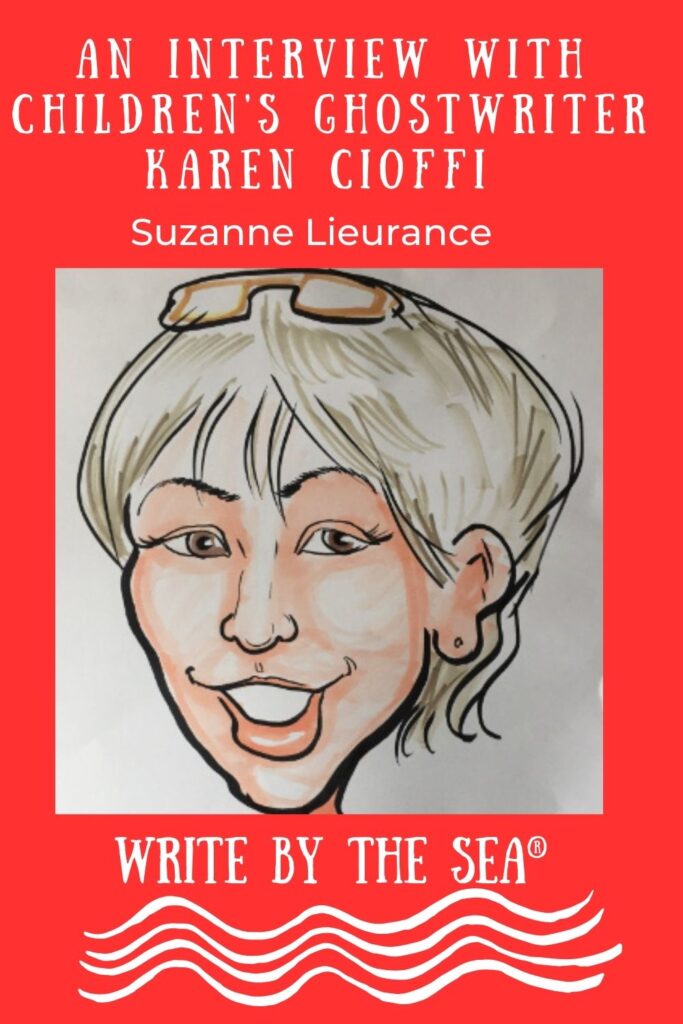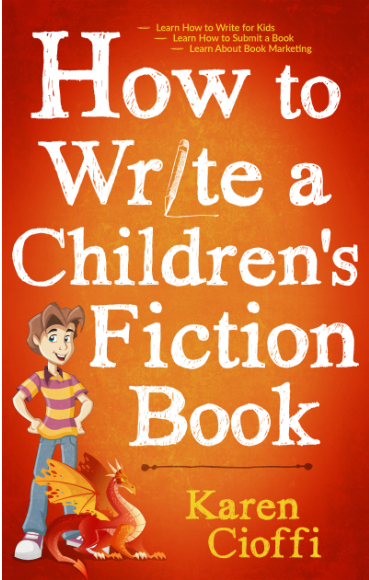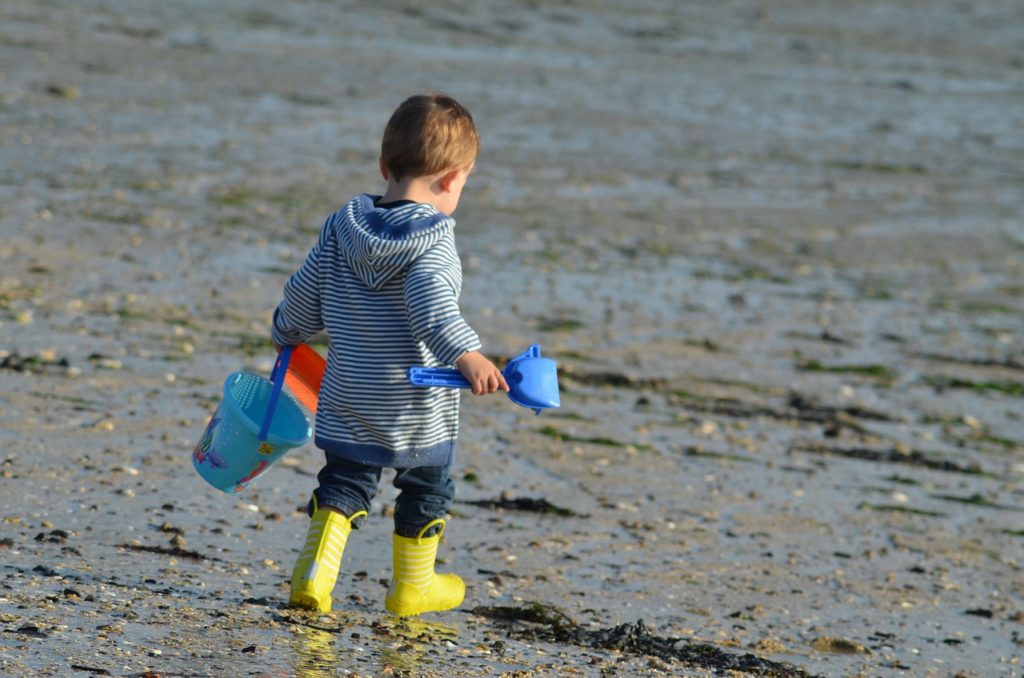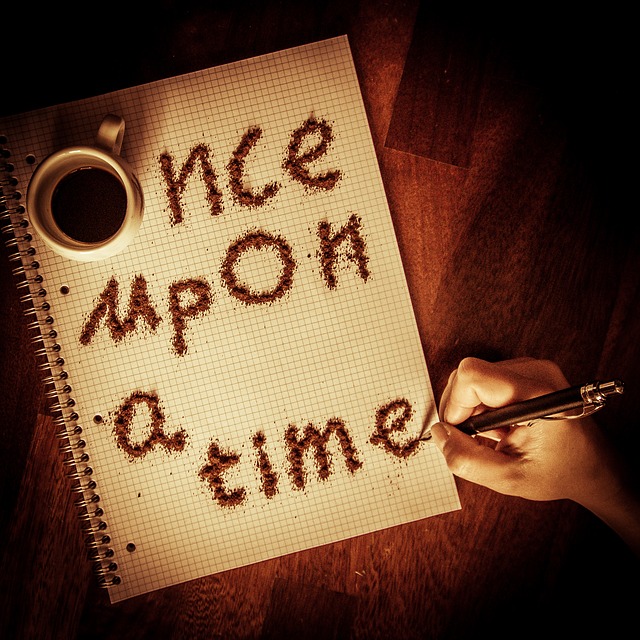by Suzanne Lieurance

I recently did an interview with children’s ghostwriter Karen Cioffi. She also is a writing coach and has a self-publishing service for children’s authors (more about that at the end of the interview), and she is a contributing editor here at writebythesea.com.
Suzanne Lieurance: How did you get started as a children’s ghostwriter?
Karen Cioffi: My journey into ghostwriting came about slowly.
I started editing stories, articles, and papers.
I even edited my kids’ college papers.
Then I got more and more children’s stories to edit and often the stories were so poorly written that I ended rewriting them or ghostwriting them.
I was also doing marketing and health writing at the time, so without a clear focus, getting into the full swing of ghostwriting for children books took longer.
Once I realized what direction I should go, I created a children’s ghostwriting website and promoted my services.
SL: What are the advantages of hiring a ghostwriter (besides not having to write the book)?
KC: I think the most important advantage of hiring a ghostwriter, especially for writing for children, is to have a manuscript the author can be proud of.
The ghostwriter will know how to write.
And whatever genre she writes in, she’ll know the ins and outs of the genre.
For example, what word count should a picture book be.
What should the age group be?
What about a chapter book?
Can your middle grade protagonist be fifteen?
A ghostwriter will also know the industry guidelines and how to write a book that’s not only publishable, but marketable.
There are a lot of things to watch out for when writing for children.
Knowing what you’re doing is essential.
SL: What are the most common mistakes you see in the manuscripts, or ideas, writers send you to turn into children’s books?
KC: The most common mistake I see in the manuscripts or drafts I receive is switching points of view.
There should be only one point of view when writing for children.
Next would be the need for a character arc.
The main character must struggle to overcome an obstacle or other conflict, then succeed.
As a result of the struggle, the main character grows (changes) in some way.
Regarding ideas I receive, I think there have been a couple over the years that I didn’t think would make a good children’s book.
One, I remember in particular, was an elaborate fantasy with multiple family lines and an expansive timeline.
Children’s stories need to be age appropriate in plot, conflict, and time, among other things.
SL: How do you know if a client’s idea is a good one for a children’s picture book?
KC: While there are a few ideas that just won’t cut it, most story ideas can be turned into a children’s picture book.
It needs tight writing and needs to take illustrations into account.
And it needs all the elements of a good story.
I’ve ghostwritten picture book series for child psychologists and therapists.
I’ve also ghostwritten for a dentist and a pediatrician.
And I’ve ghostwritten for people in finance.
It’s all about telling the story in a way that the targeted age group (the kids) will understand it and be engaged.
SL: What is the ghostwriting process like for a client?
KC: I have a PDF of the process for potential clients so they will know what to expect.
Simply, the process starts by discussing the project.
The client will let me know what she wants.
She may have an idea, or she’ll have notes, an outline, or a draft.
Some potential clients request a nondisclosure which I’ll send to them.
I’ll ask about the genre, the age group, takeaway, and any other particulars I need to know.
Then we’ll discuss the cost.
If the client agrees, I’ll send a freelance agreement.
The agreement has all the details for the project; if the client has any questions, he asks.
If it all works out, I begin.
I can’t speak for other ghostwriters, but I’ll send the client the story as I write it – I work closely with the client to ensure his expectations are met.
For a picture book, I send several pages at a time.
The client can then tell me if he’d like any edits.
I revise as I go along and then again at the end, if needed.
I send a chapter or two at a time for a chapter book or middle grade.
This is to ensure that the client and I are on the same page.
SL: Tell us about your own children’s books.
KC: I have a chapter book, Walking Through Walls, based on an ancient Chinese tale with a 12-year-old protagonist, Wang.
And I have a four-book picture book series, The Adventures of Planetman.
Unfortunately, the publisher removed the books for sale because of sizing or something.
They’re revising the books to republish them.
These are things that happen when you work with a small publisher.
I also have a rhyming bedtime picture book that I self-published in 2008, Day’s End Lullaby.
My older daughter was a poor sleeper.
I’d pace with her every night and sing a lullaby I created.
Years later, I wrote the music to it.
The sheet music to the lullaby is in the back of the book.
I’m also slowly (very slowly) working on a sequel to Walking Through Walls.
It’s about half done.
SL: Don’t you also have a guide/book out about writing nonfiction for children? What all does it cover and who is it for?
KC: Yes, thanks so much for asking.
How to Write a Children’s Fiction Book is around 250 pages and covers everything related to writing fiction for children.
It has eight sections:
1. Choosing Your Target Audience
2. Grabbing Your Reader’s Attention
3. Building Your Character and Dialogue
4. Story Fundamentals and Strengthening the Middle
5. Bring it Home – A Sound Ending
6. How to Revise and Edit, Research and Find a Publisher
7. From Contract to Editor to Sales
8. Lots of Writing and Marketing Bonus Resources
How to Write a Children’s Fiction Book is for children’s authors who need help with their stories but want to avoid hiring a ghostwriter or coach.
It will also be helpful for those who want to learn the craft of writing for children.
SL: What is the most difficult part of being a children’s ghostwriter?
KC: For me, the most difficult part of being a children’s ghostwriter is when the client doesn’t understand that there are guidelines that need to be adhered to.
Or when the client edits the draft I submit without having the needed expertise to do so.
Thankfully, these instances are far and few between.
SL: What do you enjoy most about ghostwriting children’s books?
KC: I really enjoy fulfilling someone’s dream.
I’ve ghostwritten for clients who’ve sat on their ideas for years.
And clients who have family gems they want to preserve and share.
And those who have a purpose for their book.
Business clients and medical professionals have a purpose for their books and are appreciative when it’s done, but the clients who have that dream are overwhelmed when the book is done.
SL: What is your best tip for aspiring children’s book authors and your best tip for anyone who wants to work with a ghostwriter?
KC: My best tip for an aspiring children’s book author is to learn the craft.
Take classes and read tons of books in the genre you want to write – study them carefully.
I advise reading traditionally published books because they have a team behind them working toward a professional product.
While there are excellent self-published books available, there’s no way for a new author to know whether he’s learning from a professionally written or unprofessionally written one.
My best tip for someone who wants to work with a ghostwriter is to be aware of scams.
Check the ghostwriter’s website to make sure it’s active and check the testimonials.
Research the ghostwriting service to know who you’ll be working with.
Ask for a phone call or Zoom call with the writer you’ll be working with.
Ask for writing samples.
After that, I would advise listening to the ghostwriter’s suggestions for your story.
It’s her business to make your story the best it can be.
SL: Do most of your clients traditionally publish or self-publish?
KC: Most of my clients self-publish.
This is why Writers on the Move Publishing came about.
The majority of my self-publishing clients need help figuring out what steps to take after their book is ghostwritten, rewritten, or edited.
And since there are so many self-publishing scams out there, I decided to offer help.
At first, I offered the publishing service to only my clients, but I’ve expanded the service to children’s authors with a publishing-ready manuscript.
Writers can see what services I have available for self-publishing at Writers on the Move Publishing, https://writersonthemovepublishing.blogspot.com.
Before you go, don’t forget to sign up for our mailing list.
Just fill in your name and email address, below:




